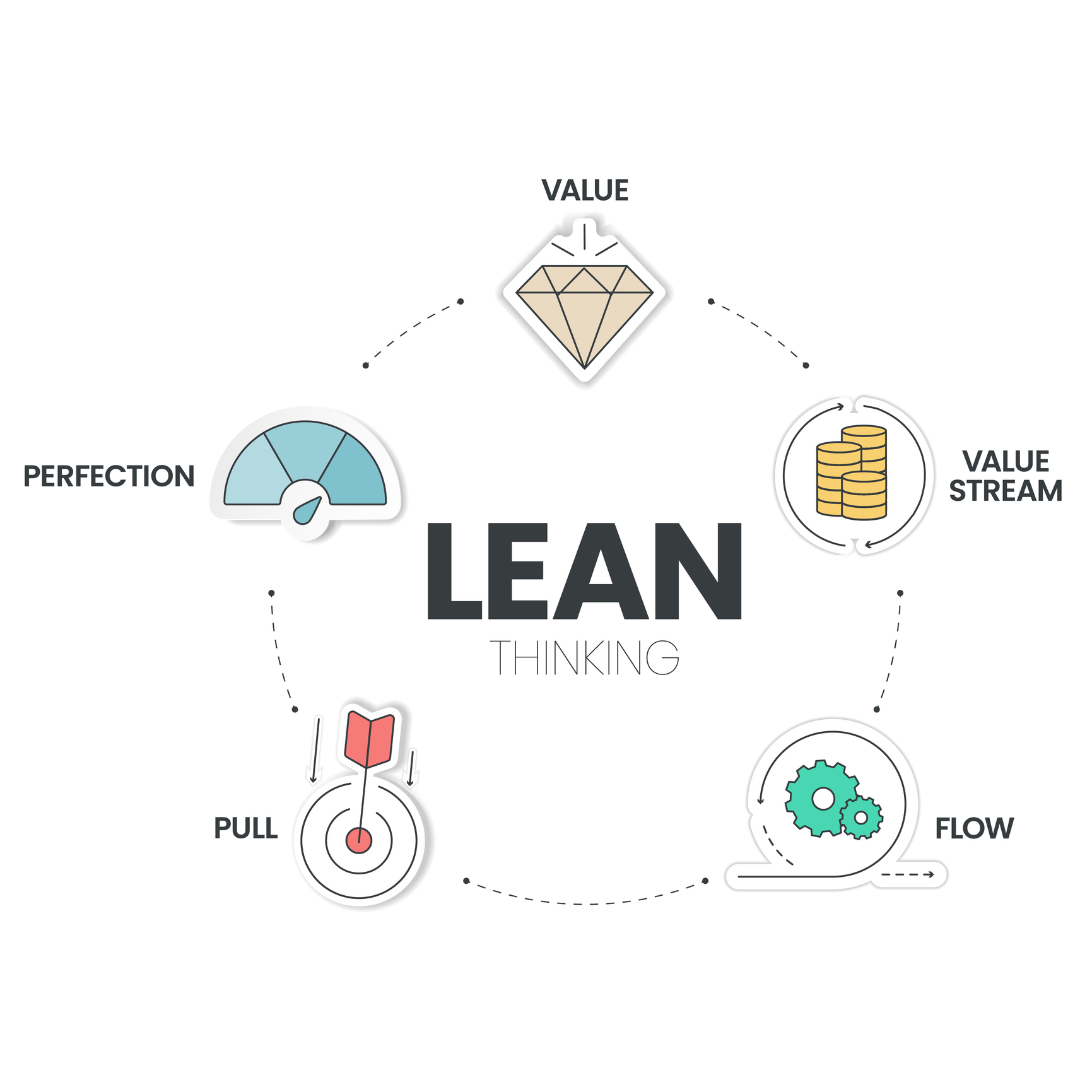Value stream management has been a ‘thing’ in manufacturing for a long time, but it’s only been a handful of years since it’s been applied to the manufacture of software.
In that time, there has been lots of adoption within companies reliant upon software to drive their businesses, and some problems in companies unfamiliar with Agile and Lean practices, or the fact that there is no prescriptive, standard way to create and manage value streams.
Late last month, Broadcom — whose spin on value stream management falls under their BizOps umbrella — sponsored a survey of global business executives and IT leaders executed by Dimensional Research called “2022: Value Stream Management Adoption Accelerates.”
The findings are both expected and revelatory.
As you’d expect, the study found that companies are keenly focused on becoming more efficient in 2022, while improving the quality of their products and delivering more value to their customers. Those are the pillars upon which organizations are finding success with value streams.
Another finding you’d expect is that 94% of respondents say their organizations are undergoing a digital transformation, 45% are adopting DevOps, and 34% are adopting Agile practices. Another 42% said they are adopting value streams, somewhat surprising in that its application to companies creating software is relatively new. A CIO of a financial institution quoted in the report said, “Value streams are a natural progression from DevOps and Agile. With scrums we often lost user scenarios, customer stories and detailed requirements documents. Value streams bring that back.”
But what struck me as surprising in the findings — given the number of conversations we’ve had at SD Times with companies that are enthusiastically embracing Agile and DevOps today — is that they still lack visibility into their processes, still have silos of workers and information that invariably slow down the product delivery cycle, and a stunning lack of a clear understanding of how products specifically deliver value to their customers.
“In many organizations, business leaders don’t know how to predict customer value, but this is where it needs to start,” said Laureen Knudsen, chief transformation officer at Broadcom. “If the business doesn’t know what value the strategy will provide, it can’t be found when coding. Also, in many organizations there is still a gap between strategic plans (annual strategies are 12 months of work) and what is done in two-week sprints. One of the biggest benefits of agility to companies who actually practice it well is the visibility into the ‘black hole of development’ that existed in traditional methods. Most organizations have not achieved that visibility leading to the disconnect between strategy, product, and customer value.”
Among the other challenges organizations face in product development, a lack of resources, slow innovation and siloed teams round out the list for 2022. One interesting note: 8% of respondents said they have no challenges in product development. My takeaway on this is that 8% of respondents can’t handle the truth.
Meanwhile, as organizations look to improve upon their digital transformation initiatives in the wake of the COVID-19 pandemic that has changed how and where people work, 37% of respondents said a seamless workflow in the product life cycle would make them more effective, followed by data transparency and real-time insights across their organizations (32%), eliminating silos within the organization (17%), and aligning architecture across the enterprise (14%).
As you will be able to read in the upcoming December issue of SD Times, developer productivity is often hindered by the gulf between the business side and IT. Communication breakdowns occur because the goals between the sides aren’t aligned — each defines ‘productivity’ and ‘success’ in different ways. And, despite the adoption of DevOps, 80% of respondents said they still experience organization silos between strategic development and operations.
The Broadcom report shows that 83% of respondents believe organizational silos create barriers to increasing customer value, and 94% agree that better alignment between teams increases the ROI deliver by products.
According to Forrester research analyst Christopher Condo, “Many organizations still suffer from disconnected automation silos, which are the result of disconnected organizations. The business team creates a backlog, the engineering team processes it, and some other team is looking for outcomes, but none of these are done in collaboration with each other, creating that lack of end-to-end visibility.”
To cut through these silos, Condo said, teams are adopting product-centric teams to create, deliver, and maintain software, which forces the team to examine requirements as they relate to the desired business value. “This gets these teams thinking more about how to more effectively deliver that value, and then — because it’s product-thinking — measure the outcome,” he added.
With that, the report found that 72% of respondents said their organizations are planning to implement value stream management, though 22% of those said it won’t happen for at least 18 months. Fourteen percent said they have no plans to implement it, and 14% didn’t know.
For those not planning to implement, the biggest reason (33%) was a lack of experience in it, while 17% said VSM is not a fit for their company; 17% said it’s not a priority among senior leaders, and another 17% said there is no budget for it.
Once teams start thinking this way, Forrester’s Condo said, they start looking for the right tools and technologies that can help them. Ninety-eight percent of survey respondents agreed that a quality VSM solution would accelerate the adoption of value stream management at their company.
(Full disclosure: SD Times produces VSMcon, a conference offering education and training on value stream management.)








